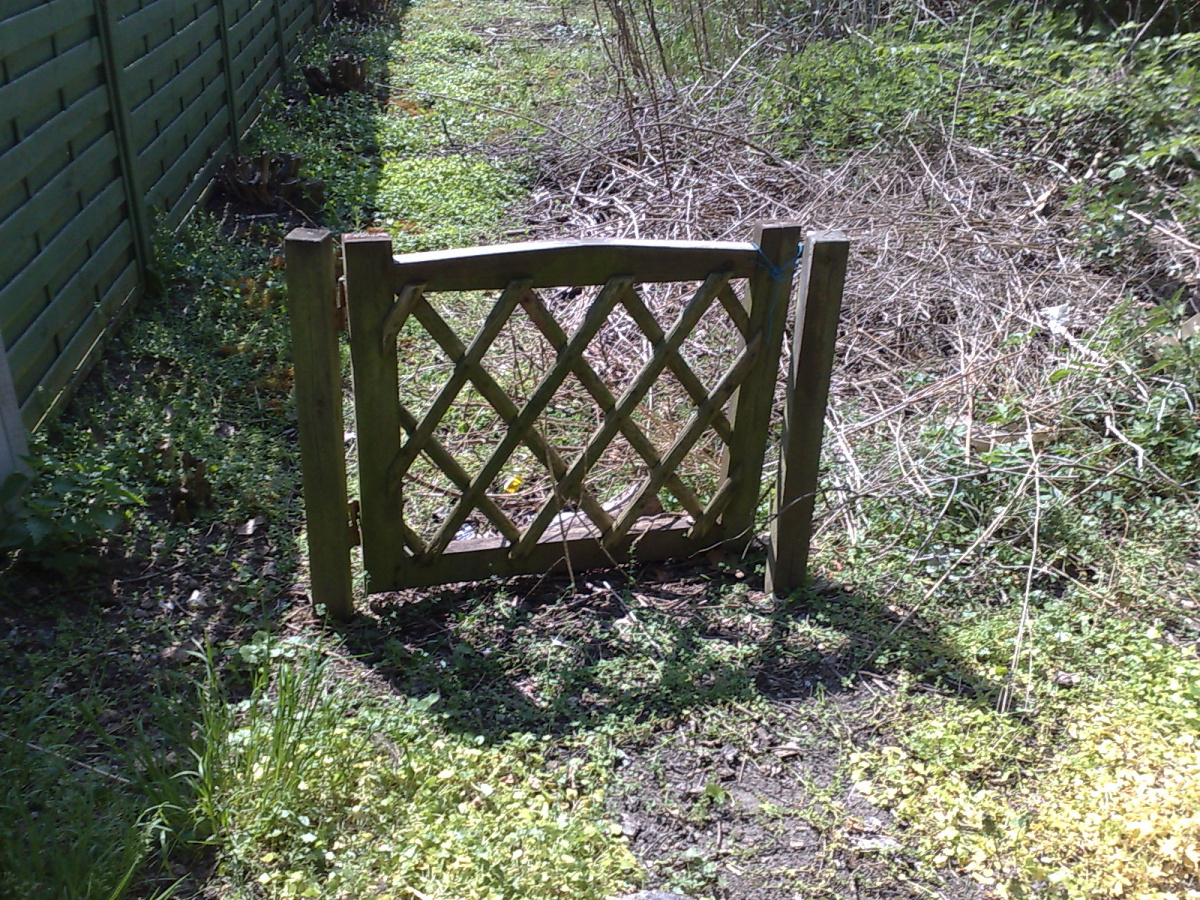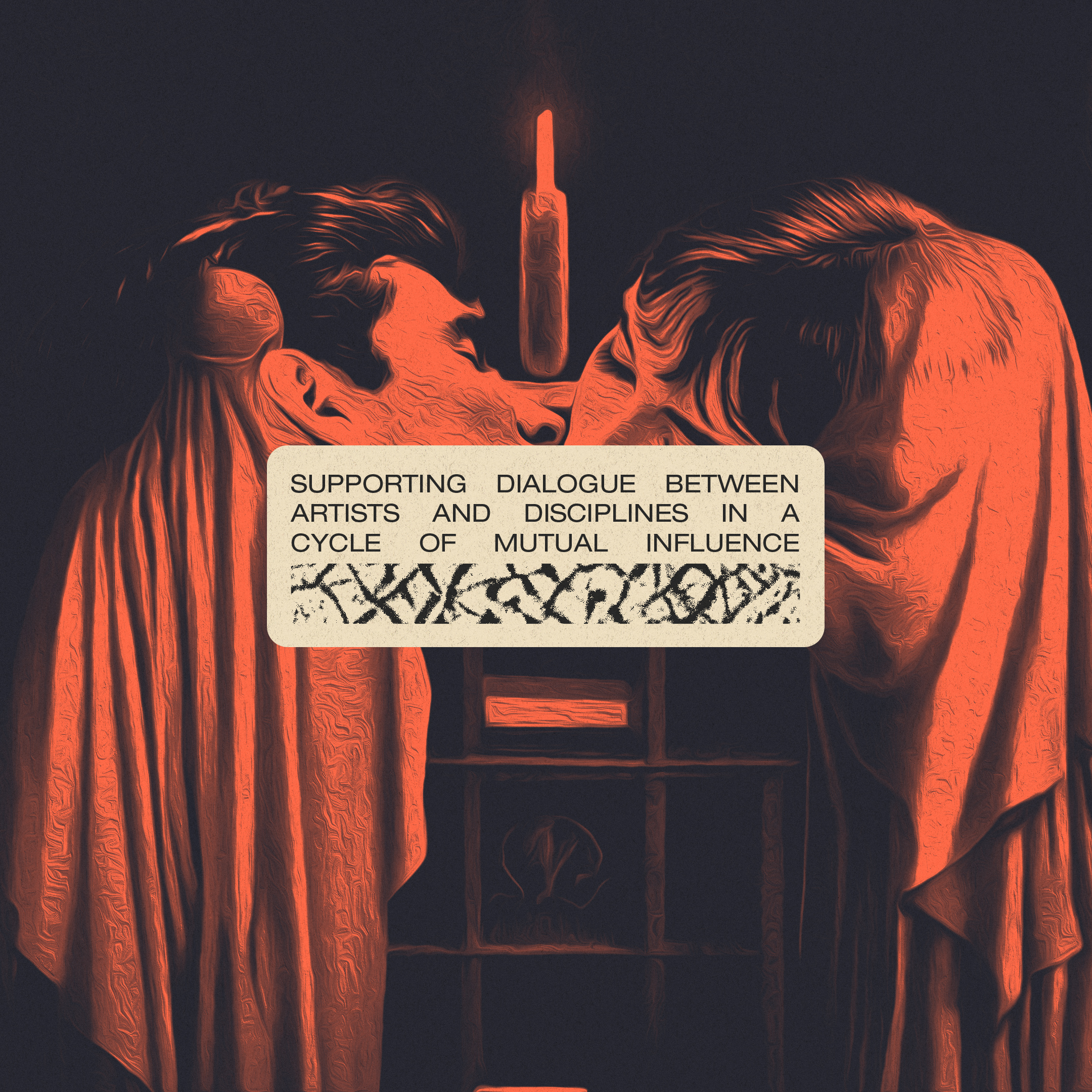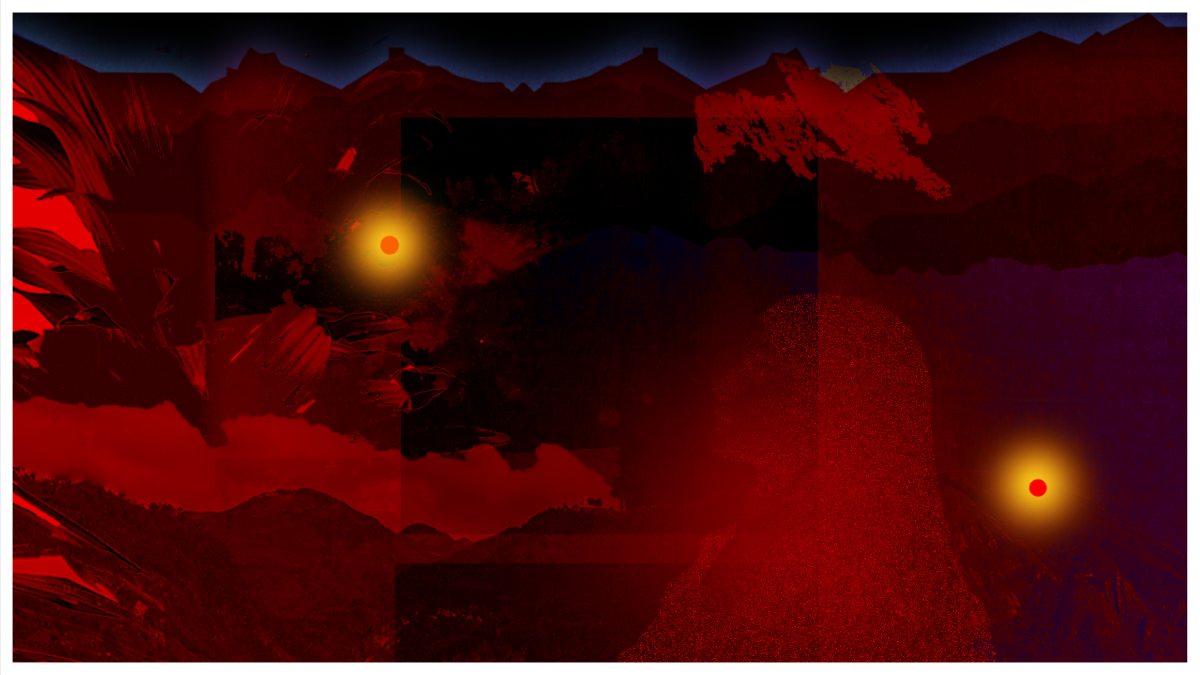
Gatekeeping Without a Gate
How to run an independent online publication without being too much of a «gatekeeper»? Read a personal essay by the editor and co-founder of AQNB about its struggle to archive a depicted scene by entering a cycle of mutual influence rather than (mis-)using curatorial power to make top-down statements.
If you’d have asked me if I identified with the notion of «content curation» a decade ago, I’d have vehemently said no. As editor-in-chief of the niche interdisciplinary art publication AQNB, I wanted as little to do with any notion of gatekeeping as I did the gauche 2010s trend towards Tumblr users declaring themselves «curators» of their image streams. Yet here I am, 10 years on, being invited to write about my experience of the term at the helm of a site with a very specific art and music niche and its own sizable, oddball following. It’s a platform with a distinct focus on contemporary critical discourse, political theory, and creative culture online, with myself having final say over what, and who, is featured. «Gatekeepers» are people who control access to something, in this case to the means of cultural production. As the last part in the hierarchy of artists, colleagues, and writers who contribute to and appear on AQNB, I think the word pretty much sums it up.
That’s the short of it, but the long of it is a little more complicated. For the many who might not know, AQNB is a digital editorial and publishing platform, co-founded by myself and Guillermo Fraile, that has operated independently since 2009. First established in London a couple years before I joined, the site launched at the tail end of the early-millennial Web 2.0 blog boom, its name an acronym of the phrase atractivo que no bello («Attractive, but not beautiful») from Guillermo’s native Spanish. When I came to AQNB – purely as a freelance contributor he’d solicited on an online marketplace in 2011 – it had a lower-case brand logo and a navbar packed with categories, including «graphic», «moving image», and «technology».
Organizing Information for an Audience
Animation was a frequently covered topic, as was photography and new soft-ware. The music featured was mostly local London indie pop and the art was institutional. There was little editorial direction and, even if there was, I wasn’t interested in most of it. I was a struggling culture journalist, recently moved from Australia to the UK, with a foundational education in rock music criticism and a need for any income. Guillermo told me I could write about all things «subculture and art», which I did for a little over a year before he offered me the position of editor in 2012. Thus began a new phase of AQNB, along with my own journey into editing, managing, and organizing information for an audience.
With that in mind, my past resistance to being referred to as a «curator» would have had more to do with my imposter syndrome (as an art editor who hadn’t been to art school) than it did with any puritanical attachment to the term’s traditional definition of a person who manages collections in a museum rather than pixels on a webpage. There was much discussion in the early 2010s around the power dynamics and inherently exclusionary violence of curation, and as a young idealist, I’d hoped I could get away with supporting the art that I liked with little compromise and much less external criticism. And so, I quietly stalked the Twitter and other social media accounts of all the artists who I considered to be interesting, especially avant-garde artists seriously engaging with the rising influence of the social web, sometimes occasionally approaching one for an interview under an alias.
Around instead of About
So green was I, and such was the expressed familiarity amongst these apparent members of this hyper-specific niche of the so-called «post-internet» art movement, that I assumed everyone knew who they were. I titled articles like «An Interview with Hannah Black» or «A retrospective reading of Linear Manual», with hardly any preface and nary a single standfirst. The usual AQNB tagline at the time was «CONTEXT», yet it offered very little when publishing articles, which only featured an artist name and a block of text. It was my opinion that I had no authority to express any insight, much less evaluate the work I was engaging with, and I felt my existing knowledge was so inadequate that I would need to write around a given subject, instead of about one.
Meanwhile, in having long-associated with musicians while also representing the proverbial enemy (i.e. «The Media»), I avoided engaging reductive opening summaries of complex creative practices that deserved more. There would be no attention-grabbing puns or one-liners; no obnoxious headlines for click bait. Serious readers need only apply.
Due to my perceived lack of expertise, I kept my identity mostly a secret and remained committed – in theory, if not reality – to the idea of simply «archiving» a scene rather than commenting on its cultural value. Yet still, in an age of infinite choice and information overload, I’d conversely deferred to a process of «criticality by omission», as a way of disguising my own opinions and evading the Twitter-enabled promotional strategy of outrage marketing. Instead of giving hard-won space to art I didn’t like, I would simply ignore its existence in what I considered to be a novel solution to an old problem of «any publicity is good publicity».
While that approach may be the definition of gatekeeping, it was also the only way (that I could see) of maintaining an independent platform for the kind of work and ideas I was interested in supporting. AQNB has always been committed to giving voice to emerging, marginal, and underrepresented perspectives, while supporting a decentralized model of artistic dialogue between artists and disciplines, practices and practitioners. This cycle of mutual influence is often called «new institutionalism», which Jens Hoffmann defines as a curatorial practice that «manifests a flexible and progressive approach to a critical engagement with art and the exchange with the public» (Hoffmann 2003).
At the same time, I was so preoccupied with not giving anything away that AQNB often struggled to define what it was. Post-internet’s sweeping assault on the existing art canon allowed me, a neophyte, to enter a world with its own customs and vernacular, networks and class distinctions, through the back door of an online culture that emerged with a younger cohort of creative practitioners. The knowledge and technical skill required to navigate this new language of digital technology was so specific that it alienated anyone who wasn’t raised with it, presenting somewhat of a carte blanche of self-determination and identification for those who were.
While there are broader, more global issues around internet access worth noting, in the limited scope of an educated web-literate millennial crowd, this monumental technological shift meant that everything was up for debate. A site like AQNB exulted in that unknowing, where it learned, developed, and changed alongside the generation it vaguely represented. That bode badly for our countless unsuccessful public funding applications, but well for the site’s cultural dynamism and editorial freedom.
Now it’s coming up to AQNB’s 10-year anniversary since it started to become what it is right now – with a forthcoming print anthology where my colleagues and I have the opportunity to account for the legacy of a publication and the art scene it had a hand in shaping. In doing so, we’ve also been tasked with retrospectively organizing a decade of content to stake our claim as a significant point in the alternative art continuum. In some ways it feels like a defeat: by accepting the reality of cultural influence, AQNB’s unspoken aspiration for destroying the canon meant curating its own in the meantime.
List of References
This text has been published in the Norient book Politics of Curatorship: Collective and Affective Interventions, edited by Philipp Rhensius and Monia Acciari (Norient Books 2023).
Biography
Shop

Published on September 17, 2024
Last updated on September 17, 2024
Topics
Special
Snap


